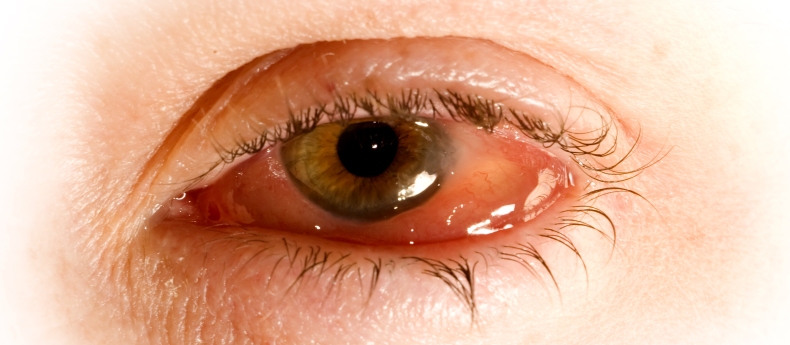
Patients with Diabetes: Do You Have Your Eyes Checked Regularly?
Ocular complications are one of the most common, and often neglected, effects of diabetes. They can cause vision loss and eventually lead to blindness. Patients with diabetes should make sure they are getting their eyes checked regularly.
Which diabetes patients are at risk for ocular complications?
- Diabetes patients who have a long history of diabetes
- Insulin dependent patients with diabetes
- Pregnant patients diagnosed with gestational diabetic mellitus
- Patients with diabetes, hypertension, and hyperlipidemia at the same time
- Patients with diabetes who smoke or take oral contraceptive pills
- Diabetes patients who have poorly controlled blood sugar levels
What ocular complications can result from diabetes?
Diabetic retinopathy: Diabetic retinopathy is the most common ocular complication of diabetes. Diabetic microangiopathy can lead to retinal microaneurysms, edema, hemorrhages, neovascularization and retinal detachment, resulting in vision loss and finally blindness.
Cataracts: In middle-aged and elderly patients with diabetes the degree of cataracts is heavier and develops faster. Cataracts in juvenile patients with diabetes usually develop rapidly and vision may be completely cloudy within a few days.
Neovascular glaucoma: Diabetic microangiopathy can lead to neovascularization. The fibrovascular membrane on the surface of the cornea and the iridocorneal angle causes angle closure, intraocular pressure rise, severe eye pain, and headache. The optic nerve gradually atrophies which results in visual field contraction and eventually blindness.
Dry eye syndrome: Abnormal ocular surface sensitivity, decreased tear production, and delayed corneal re-epithelialization in patients with diabetes can lead to dry eye syndrome.
Refractive errors: Diabetes patients with fluctuating blood glucose levels can develop myopia if the blood glucose rises sharply. If blood glucose reduces or drops sharply, the patient can develop emmetropia or need to return to prescription glasses.
Neuropathy: Diabetes can lead to eyelid and ocular motor nerve paralysis and ischemic optic neuropathy. Patients with diabetes may be exposed to ptosis, limited eye movement, double vision, dizziness, vision loss and visual field defects. Once diagnosed, recovery may take several months.
Many diabetes patients have a history of going years before their initial diagnosis while some only find themselves diagnosed because of medical issues pertaining to the eye. In this case the ocular complications can be preventable with early diagnosis and a timely treatment plan. To help prevent ocular complications, patients with diabetes should have their eyes checked frequently.
Copyright United Family Healthcare 2018 All right reserved ICP 京ICP备13017554号-4





